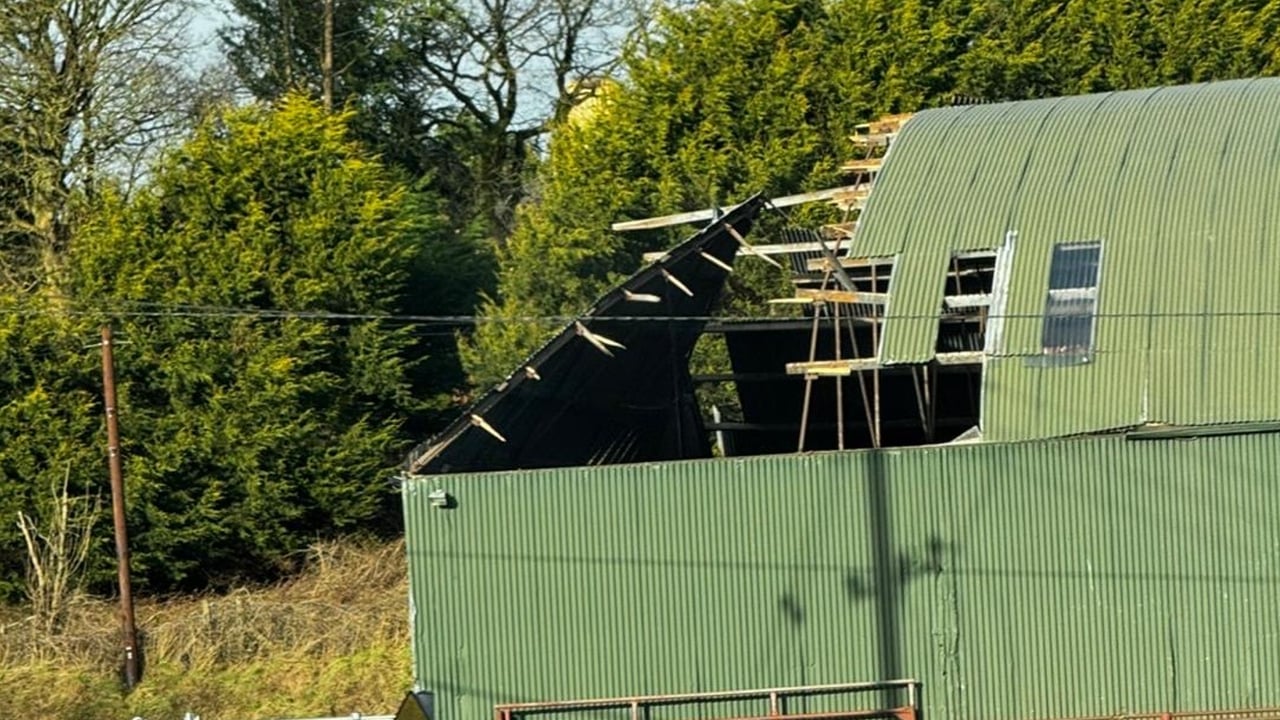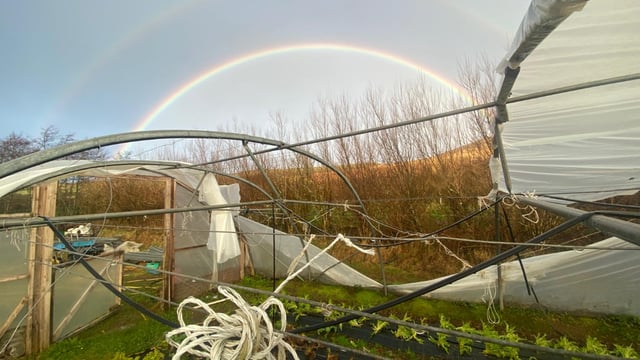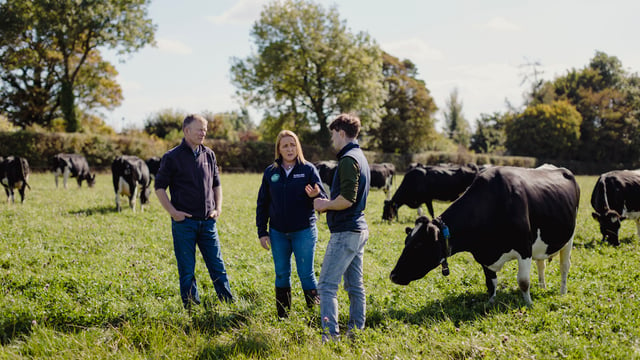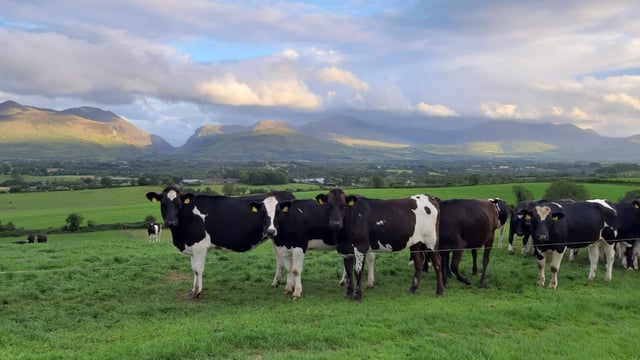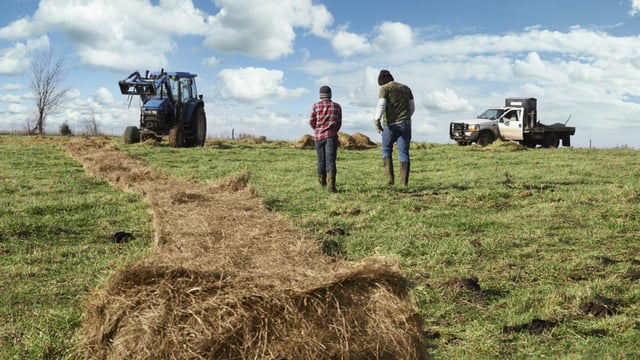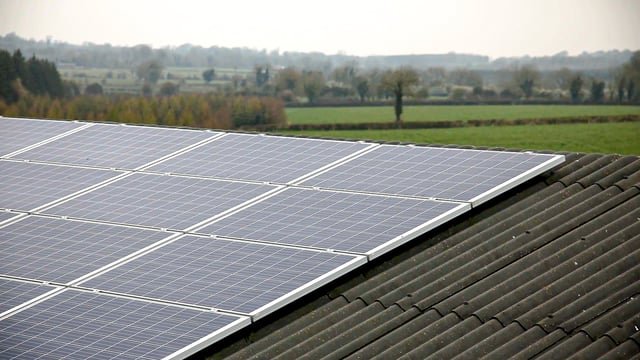Storm aftermath continues to affect water and power on farms
The wreckage caused by Storm Éowyn has continued to cause a great deal of hardship on farms and in households across the country as farmers and householder grapple with the storm aftermath.
The storm's high winds damaged roofs and structures of houses and sheds, knocked trees, damaged power and phone lines and blocked roads and lanes with fallen trees the length and breadth of the country.
While power and water has been restored to some of the affected areas, there remains a number of regions where the electricity supply still has not been restored.
There are also significant areas of the country where water and phone services have been disrupted.
Farmers feeding cattle in affected parts of the country have had to remove concentrates from cattle diets, manually draw water to cattle and even source wetter bales to feed cattle in cases where there is no running water supply.
Some of these farms are conserving rainwater to use for livestock drinking water and for household use also.
On farms where calving and lambing is underway, calving cameras are out of order where there are still power outages.
Phone signal has been also affected in the storm aftermath and calling a vet or neighbour farmer for help with a calving or lambing is also a challenge.
Vets and agri-supply delivery drivers have also reported difficulty locating some farms where signal has been lost and map systems that depend on phone data are not working properly.
Some parts of the country are being told it could be well into the first week of February when their electricity supply is restored and they may have to endure another week without access to these services.
Water for livestock in storm aftermath
The most vulnerable groups of animals to water shortage are milking cows, animals on high concentrate diets and animals fed hay, straw or other very dry feeds, according to Teagasc.
Milking cows must have access to drinking water at all times and a cow producing 30L of milk and being fed a silage-based diet requires 75-90L (16-20 gallons) of water per day, the farm-advisory body has stated.
Finishing animals on high levels of dry feed, such as high concentrate diets should always have free access to water and an animal consuming 10kg dry matter of dry feed will need 60L (13 gallons) of water daily.
Concentrate feeding levels should be reduced and animals put on wet silage fed to appetite, where an adequate water supply cannot be provided.
These animals need to be introduced to meals gradually again once water supply is restored.
Reducing mineral intake may reduce the demand for water, particularly in sheep, according to Teagasc.
If access to water by livestock has been restricted and then is suddenly made available, over-drinking or water toxicity can cause health problems and even fatalities in extreme cases.
Farmers should allow gradual access to water initially, when animals are extremely thirsty.

